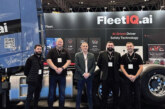Hickleys discusses calibration systems
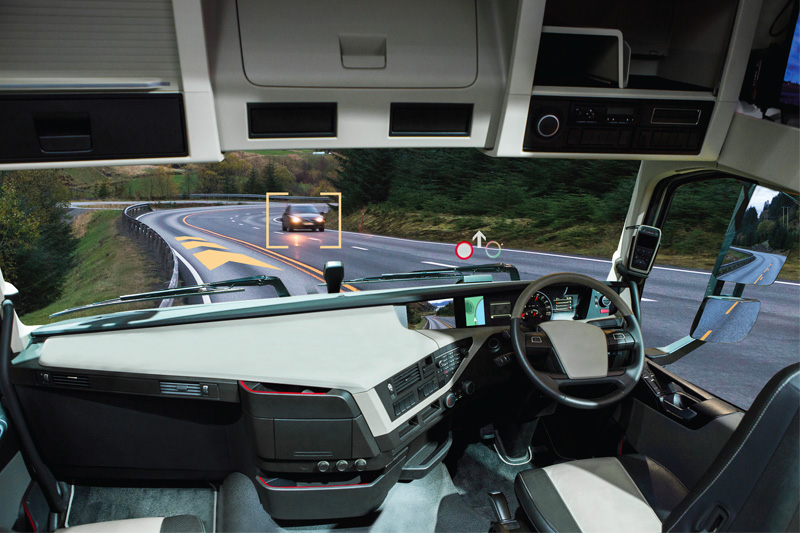
ADAS might look after the driver but who’s looking after the ADAS? Richard Pimm, Hickleys, looks at the importance of getting on board with calibration systems.
Advanced Driver Assistance Systems or ADAS for short has been a hot topic in the industry for the past number of years. This has caused aftermarket workshops to heavily invest in calibration systems to allow them to recalibrate these safety systems prior to handing the vehicle back to their customers.
So, what is ADAS?
ADAS is a general term given to electronic vehicle systems that assist or support the driver whilst they are in control of the vehicle. This could include but not limited to: lane assist, emergency braking, blind spot detection, adaptive cruise control, road sign recognition, park assist, rear collision warning, pedestrian detection and many more. Almost all road traffic collisions are caused primarily by human error, the main function of ADAS is to limit this human error as much as possible.
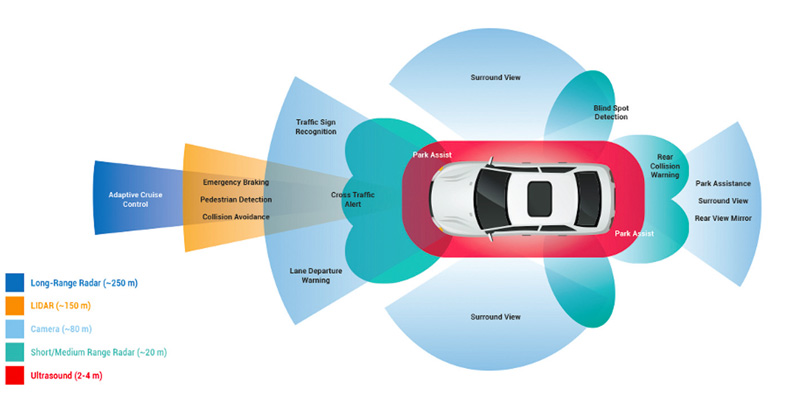
How does ADAS work?
ADAS systems on the vehicle use a number of different types of sensors positioned around the vehicle to monitor the environment around it. These sensors can take the form of cameras, radar, lidar and ultrasound. Different kinds of sensors have different functionality, and this dictates the different kinds of ADAS they are used for. These sensors constantly communicate their readings back to the vehicle’s many ECUs where complex algorithms calculate any potential risks that the driver may have missed or may be about to encounter.
How does ADAS interact with the driver?
Whilst the vehicle capturing all of this information about its surroundings is great, it is only of any use if this information then can then be acted on. There are two main ways in which this can happen. Intrusive and non-intrusive. Intrusive methods are where the vehicle takes full or partial command of its own controls. Or nonintrusive methods are best described as a notification to the driver that they then must act on.
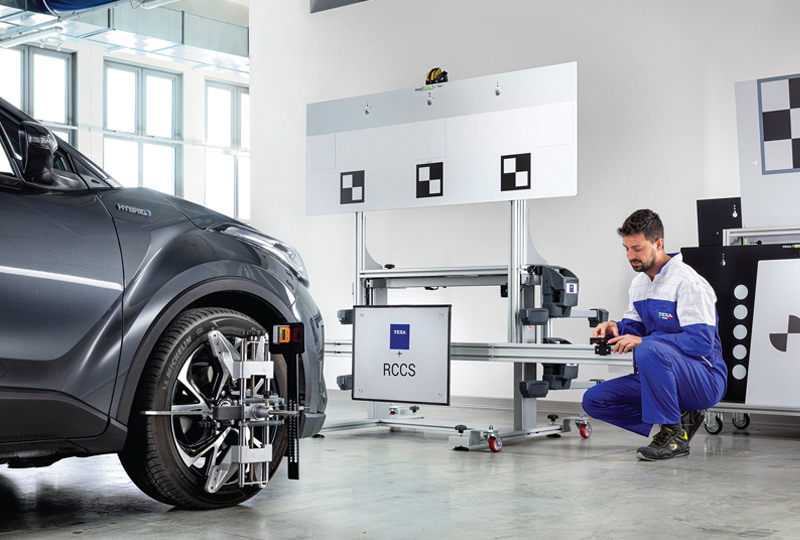
Non-intrusive system notifications may take the form of warning light, sound or vibration to warn the driver that they may be about to encounter an obstacle or collision. Intrusive systems effectively take control away from the driver and the vehicle will then steer or brake itself to avoid an obstacle or a collision. Some ADAS systems may use both methods, first warning the driver about a potential risk, then if the driver does not act, the vehicle will then take control to avoid an incident. Some examples of non-intrusive systems include but are not limited to: park assist, road sign recognition, blind spot detection and lane assist. Some examples of intrusive systems include but are not limited to: emergency braking, pedestrian detection and adaptive cruise control. Some of these systems may change category depending on vehicle manufacturer.
Why do we need to recalibrate ADAS systems?
ADAS systems and their impact on road safety is unquestionable. However, they only function correctly if they are set up according to the vehicle manufacturer’s specifications. ADAS sensors can be damaged or dislodged in a number of ways but most common reasons include: windscreen replacement, vehicle bumper or panel damage, poor road surface or pot hole damage or water ingress. ADAS sensors around the vehicle must be positioned and aimed in a very specific way so that the system functions correctly. Failure to ensure this on one or more of these sensors can lead to the system not operating correctly. If a sensor becomes damaged or misaligned it must be replaced or repaired. Part of this procedure also requires the technician to accurately calibrate the sensors using ADAS calibration equipment to ensure the sensors are all positioned and aimed within the OEM parameters.
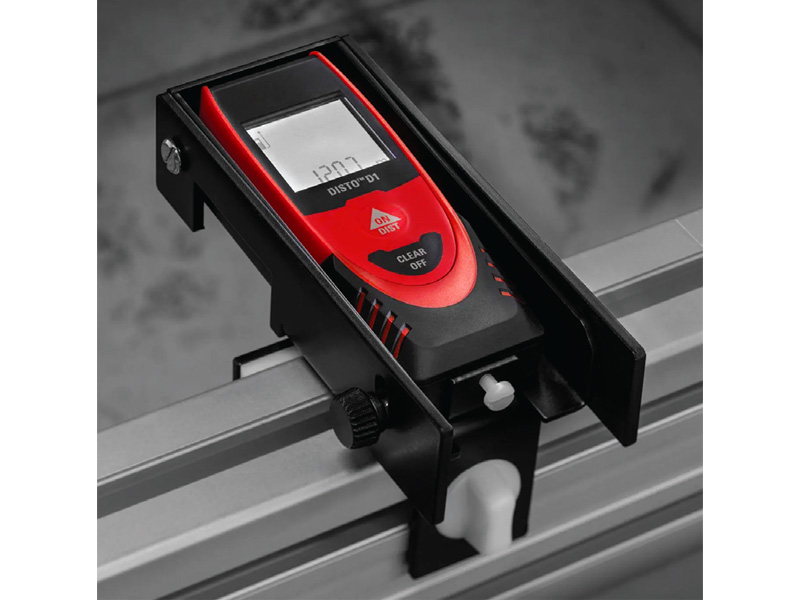
Types of ADAS calibration
There are two types of ADAS calibration – static and dynamic. A static calibration requires the vehicle to be stationary with a calibration rig, board or panel positioned in front of it. A diagnostic tool is then used to calibrate the system in which the camera, radar, lidar or ultra sonic sensor will use this rig or board as a reference point to check alignment and position. The diagnostic tool will then confirm the success of this process. A dynamic calibration requires a diagnostic tool to put the vehicle into calibration or learning mode. The vehicle will then be road tested while meeting certain criteria such as speed or length of drive. The sensors being calibrated then use its real-world surroundings to self-calibrate. The diagnostic tool will then confirm completion of this calibration once all parameters are met. The type of calibration required will differ depending on vehicle manufacturer. Some vehicles may even require a combination of both static and dynamic calibration.
How is ADAS affecting the commercial vehicle market?
While ADAS has been found in passenger car and light commercial vehicles for over a decade the technology took a little longer to be adopted by commercial vehicle manufacturers. That said, it has been seen in commercial vehicles for around the last five years. Since that time the majority vehicles have been maintained at OEM service centres due to manufacturer warranty. As these vehicles get older, they are now being seen more and more by aftermarket workshops or fleet operators. This is increasing pressure on aftermarket workshops to adopt ADAS calibration systems to be able to recalibrate these vehicles after maintenance or repair has been carried out.
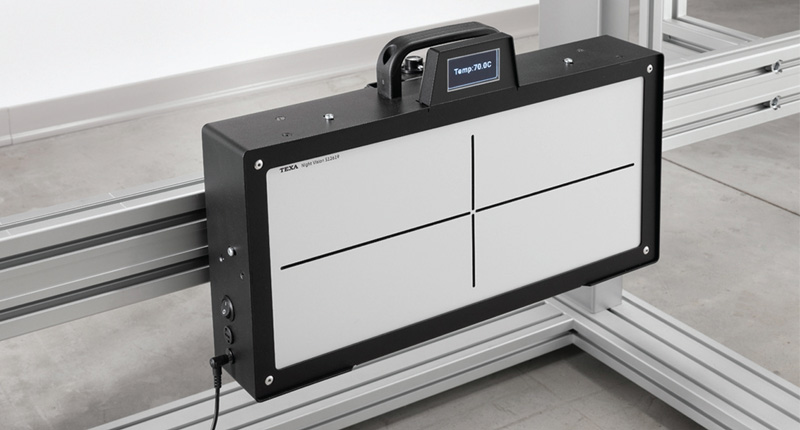
How can you future proof your workshop?
ADAS technology is here to stay and is only going to become more prevalent as we move towards level 4 autonomous self-driving vehicles. It is now increasingly important to look into investing in ADAS calibration systems to allow your workshop to cope with the latest vehicles equipped with ADAS. While outsourcing or returning the vehicle to the OEM agent can seem like a short-term solution, in the long run this is simply not cost effective due to vehicle down time and taking technicians away from the workshop. Investment in ADAS equipment doesn’t have to be as large as expected and with relatively short payback scenarios can work out a very good investment opportunity.









